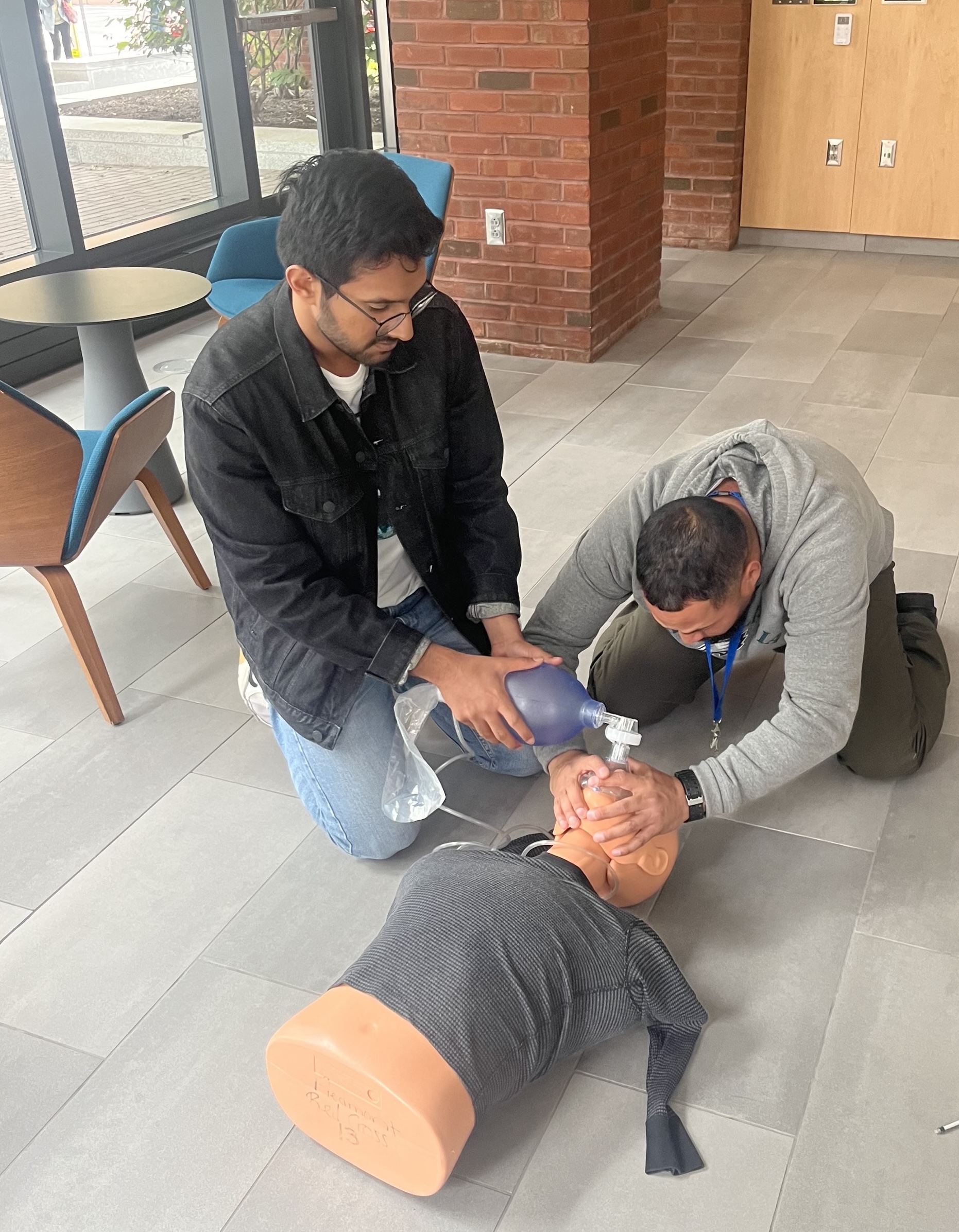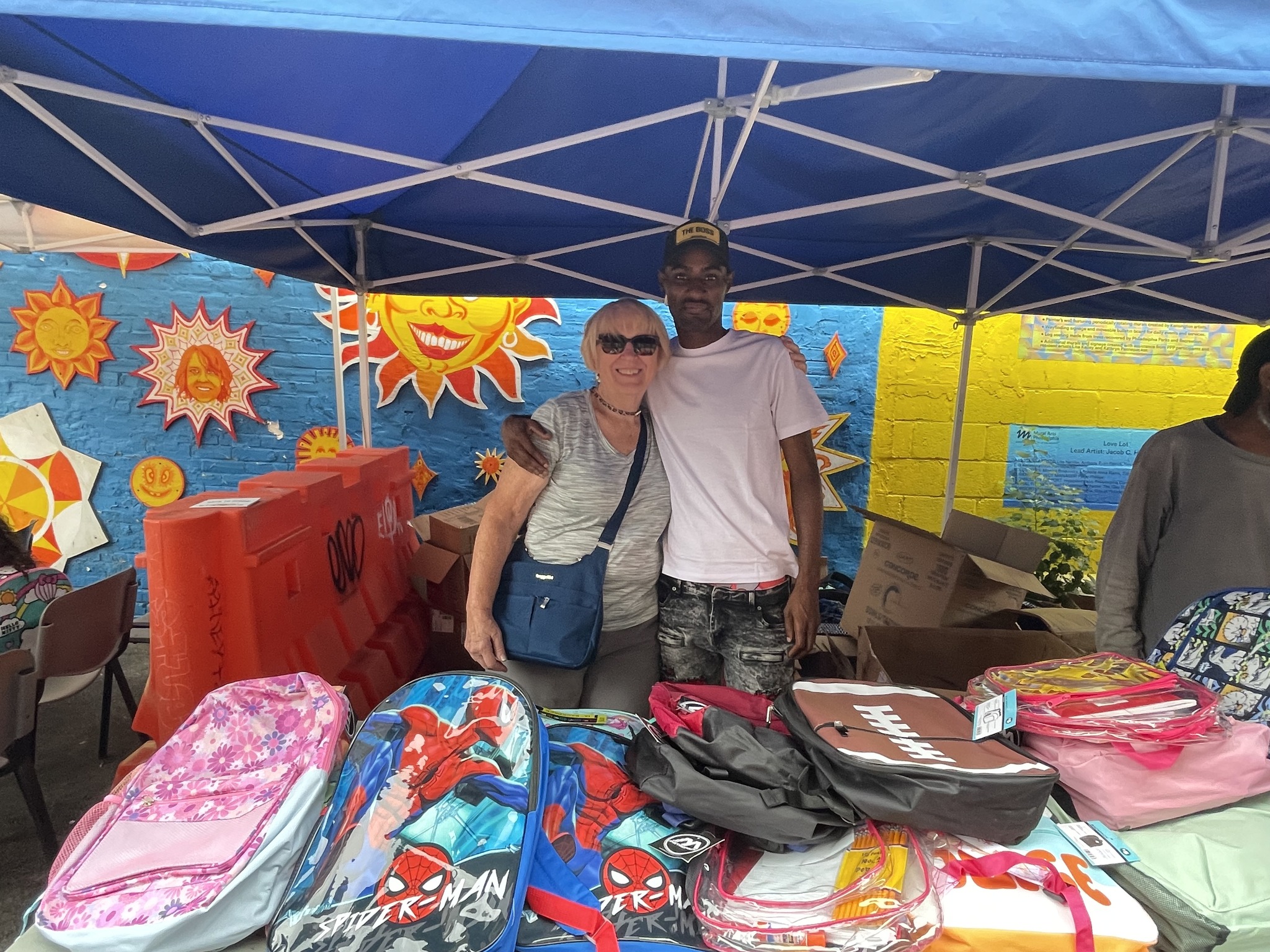Prevention Point Philadelphia (PPP), a leading force in HIV prevention and public health in the city, is proud to share its 2024 impact data, showcasing significant achievements in drug treatment, prevention services, medical care, housing, social services, and community engagement. Prevention Point’s Lead Executive Officer, Silvana Mazzella, revealed the numbers for the 2023-2024 fiscal year which concluded on June 30, 2024, accumulated across PPP’s program areas, from drug treatment and prevention services to medical and social services for the country’s largest HIV prevention organization. The data reveal that over 23,000 individuals received services at PPP in those 12 months, with increases in drug treatment, overdose and other prevention services, and reductions in HIV prevention supplies distributed as well as the number of individuals accessing HIV Prevention and Supply Distribution services.
Prevention Point Philadelphia, the non-profit public health and social services organization that works to reduce the harms associated with drug use, uses a low barrier person-centered approach which encourages meeting people where they are. HIV prevention requires building trust day after day, consistently, to help people move to the next place in their life. This means helping individuals along their journey no matter where they are, from staying housed and safe to receiving drug treatment and anywhere in between. It is offering a pathway to housing, medical care, and drug treatment continually until someone is ready. Building that trust takes long-term commitment and consistency, provided by PPP’s staff every day.
IMPACT IN 2024
In 2024, PPP's Medication for Opioid Use Disorder (MOUD) program saw significant growth. The program worked to convert people to long-acting medication to improve stability and recovery outcomes. The organization provided 671 long-acting drug treatment injections such as Sublocade and Vivitrol, more than doubling the number from the previous year. This program’s impact continues to be a model for the once-a-month (or bi-weekly) injection as a more effective form of treatment, helping People Who Use Drugs (PWUD) manage their opioid use disorder while also accessing wraparound care at the same intervals.
Additionally, 1,046 individuals were referred for drug treatment—a fourfold increase compared to last year—while 223 new patients were added to the MOUD clinic. Throughout the year, there were 2,426 visits to receive MOUD, demonstrating the critical role PPP plays in supporting those battling opioid use disorder.
PPP’s prevention services also made a substantial impact. Over 100,000 free doses of Narcan were distributed, equipping individuals with the tools to reverse overdoses, while 1,705 people were trained in overdose reversal techniques. The organization continued its work in HIV prevention by issuing 416 prescriptions for PrEP (pre-exposure prophylaxis), with zero participants who started PrEP becoming HIV positive.

Prevention Point’s HIV prevention and supply distribution service saw an 11% decrease with 7,017,141 HIV prevention supplies distributed, while the return rate remained high at 96.5%. This reduction is a positive indicator of progress, reflecting the success of broader HIV prevention and treatment efforts, as more individuals are engaging in recovery programs and accessing other forms of medical and social support. Additionally, the high return rate of used HIV prevention supplies shows that those who continue to rely on HIV prevention services are doing so in a responsible and safe manner, helping to reduce the spread of infectious diseases and keeping our community safer overall. The number of individuals accessing HIV prevention and supply distribution services at PPP dropped by 21% to 23,775, while mobile HIV prevention services outside of Kensington were accessed 4,964 times.
On the medical front, PPP provided critical care to thousands of individuals. There were 829 wound care visits and a remarkable 1,334 visits from patients living with HIV for ongoing medical care, marking a 239% increase from last year. The organization conducted 1,697 HIV tests and provided medical care to 2,034 unique participants, underscoring the breadth of services offered to those in need.
Housing remains a cornerstone of PPP’s services. PPP provides emergency housing and homeless outreach services as well as referrals to permanent housing and other social services. Beacon House, the emergency housing shelter just a few blocks from Prevention Point’s main building in Kensington, provides specifically tailored shelter services to people who use drugs with personalized, on-site case management for each resident. In 2024, PPP provided emergency housing to 157 individuals, with 41 transitioning to permanent housing. The organization also conducted 4,290 interactions with individuals experiencing homelessness, helping them become eligible for housing and providing essential survival supplies—a 19% increase over the previous year. Furthermore, PPP facilitated 415 placements into emergency housing, addressing the urgent needs of Philadelphia’s homeless population.
PPP’s social services also saw significant growth. The organization provided 15,186 social services—a 54% increase—and administered 7,329 mailboxes for individuals experiencing housing insecurity, an 18% rise from last year. Referrals for social services to other organizations more than tripled, reaching 23,582. Meanwhile, PPP distributed 62,228 free meals, more than tripling the previous year’s figure, and provided access to 16,141 public restroom uses, preventing the spread of hepatitis A and other diseases. Community members consumed 86,092 free cups of coffee, and 840 state identifications were issued to those in need. The Drop-In Center saw 178,840 visits, highlighting its role as a critical resource for the community.
Community engagement remains a vital aspect of PPP's mission, with volunteers donating 4,218 hours of their time. PPP’s neighborhood services continue to make a difference, including monthly grocery deliveries, back-to-school supply distributions, and almost daily street clean-ups. This summer, Prevention Point Philadelphia hosted its first-ever back-to-school giveaway in the Love Lot adjacent to our main building. PPP staff and volunteers distributed over 250 backpacks filled with school supplies for kindergarten, elementary, and middle school students. The festivities also included music, games, water ice, food, face-painting, and giveaways including a bicycle raffle.

“These numbers reflect the unwavering commitment of our staff and volunteers to address the critical needs of the populations we serve at Prevention Point,” said Silvana Mazzella, Lead Executive Officer of Prevention Point Philadelphia. “We believe that every person has value and our staff wants to continue to provide life-saving services to over 23,000 people a year. We are a vital part of the Kensington community and care about it, deeply. Nearly one third of our staff live in the neighborhood.”
PREVENTION POINT PHILADELPHIA 2024 BY THE NUMBERS
DRUG TREATMENT & RECOVERY -- Medication for Opioid Use Disorder (MOUD)
- 671 long-acting injections provided (more than doubled over last year)
- 1,046 referrals for drug treatment (4x increase over last year)
- 223 individuals newly added to the MOUD clinic
- 2,426 visits to receive MOUD
PREVENTION SERVICES
- 100,640 free doses of Narcan distributed
- 1,705 people trained to reverse overdoses
- 416 prescriptions for PrEP (pre-exposure prophylaxis) to prevent HIV
- 0 participants who started PrEP became HIV+
- 7,017,141 HIV prevention supplies distributed (down 11% from last year) with a return rate of 96.5%
- 23,775 individuals accessed HIV prevention and supply distribution services (down 21%)
- 4,964 visits to mobile HIV prevention and supply distribution services (outside of Kensington)
- 492 vaccine doses
MEDICAL SERVICES
- 829 wound care visits
- 1,334 visits from patients living with HIV for ongoing medical care (up 239% in one year)
- 1,697 HIV tests
- 2,034 individual participants received medical care
HOUSING
- Provided emergency housing to 157 people
- 41 individuals transitioned to permanent housing
- 4,290 interactions with individuals experiencing homelessness to aid in their eligibility for housing and provide survival supplies (19% increase in one year)
- 415 placements to emergency housing or other forms of care
SOCIAL SERVICES
- 15,186 social services provided (54% increase in one year)
- 7,329 mailboxes for individuals experiencing housing insecurity (18% increase in one year)
- 23,582 referrals for social services to other organizations (more than tripled in one year)
- 62,228 free meals distributed (more than tripled in one year)
- 16,141 public restroom uses
- 86,092 free cups of coffee consumed
- 840 state identifications issued
- 178,840 visits to the Drop-In Center
COMMUNITY ENGAGEMENT
- 4,218 hours donated by volunteers
- Neighborhood services including monthly grocery deliveries, back-to-school supplies, almost daily street clean-ups
- 32% percent of PPP staff live in the Kensington community
Header photo by Kit Ramsey. Training photo courtesy of Carlos Del Valle. Love Lot photo by Hilary Disch.